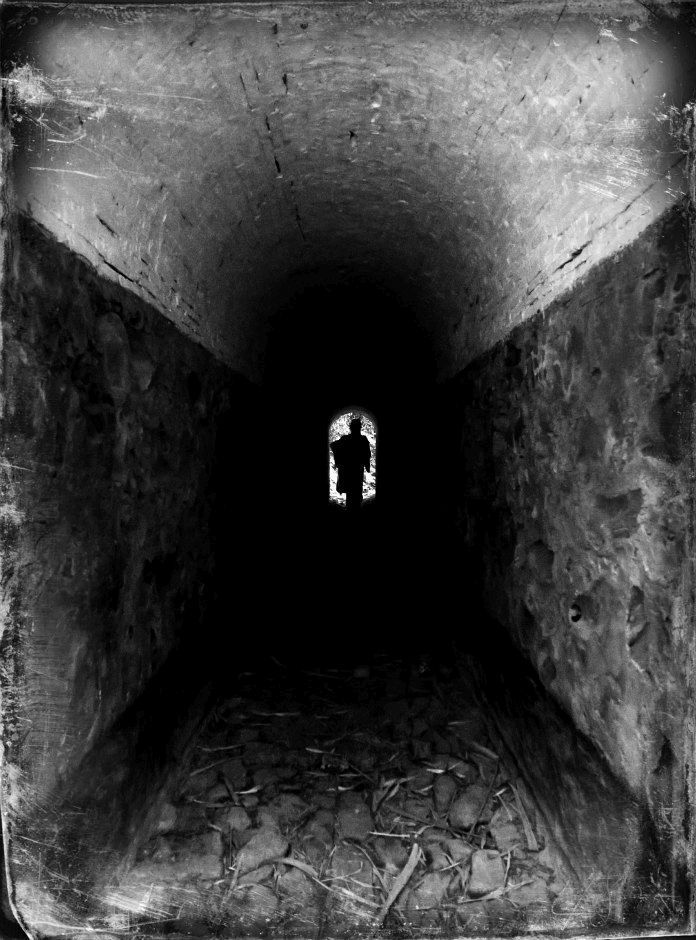Golden Ratio: The Divine Geometry of Visual Art
- Angela Rosana

- Jul 14, 2023
- 2 min read
Why do certain images have the power to instantly sweep us away? What makes our eyes irresistibly drawn to specific compositions? Is there a secret formula behind visual beauty? Is there a fascinating universe of harmony and proportion?
Imagine yourself in front of a work of art that seems to emanate a magnetic aura, magically holding your attention. This hypnotic attraction can result from the conscious application of the rule of thirds, a basic principle of visual composition. By dividing the image into proportional thirds, using imaginary lines, and placing the point of interest at one of the intersections of these lines, the rule of thirds creates a dynamic balance that elevates the artwork's aesthetics.

However, this curious attraction does not stop there. There is a mathematical ratio that has intrigued and fascinated artists and scholars for centuries: the golden ratio. This ratio, also known as the golden number or divine ratio, is approximately equal to 1.6180339887. It is believed that it is intrinsically linked to harmony and aesthetic perfection. By utilizing the golden ratio, artists can create a sense of divine beauty in their compositions.

But that fascinating mystery remains. Connected to the golden ratio is the Fibonacci sequence, a series of numbers in which each number is the sum of the previous two: 1, 1, 2, 3, 5, 8, 13, and so on. As the sequence progresses, the ratio of two consecutive numbers approaches the golden ratio. This sequence is found in many natural phenomena, from the arrangement of seeds in a sunflower to the spirals in a snail shell. It is intricately intertwined with the golden ratio and therefore the rule of thirds.
Photos by Dani Reeling
By bringing these concepts together, a fascinating revelation emerges: the rule of thirds, the golden ratio and the Fibonacci sequence are interconnected in a mathematical ballet of harmony and beauty. When appliedcohesively and masterfully, these techniques elevate the aesthetics of the images and can trigger powerful reactions in the viewer.rvador.
By utilizing the rule of thirds, artists have the ability to arrange the elements of their compositions in an attractive way while maintaining a dynamic balance that keeps the viewer's eyes moving. The golden ratio comes into play, creating a perfect harmony that transcends mere aesthetics and reaches our visual perception. And finally, the Fibonacci sequence adds a magical touch, connecting divine proportions to the very essence of nature.

It is worth remembering that these fundamentals should not be taken as restrictions or rigid rules. True art lies in freedom of expression and breaking established patterns. The rule of thirds, the golden ratio, and the Fibonacci sequence are powerful principles, but they shouldn't be used as a creative straitjacket. As we explore these connections between math and art, we discover a universal language that transcends borders and touches our deepest emotions. May you, the artist, embrace these concepts with passion and creativity, and may your creations bewitch and inspire those lucky enough to behold them.

Written by Angela Rosana , learn more about me here.
Credits to the photographers appear on the images, with links to their Instagram profiles.
If you liked this article, leave your review at the bottom of the page!
Read other articles here
Visit our Instagram
Published on Instagram on 07/17/2023














Comments